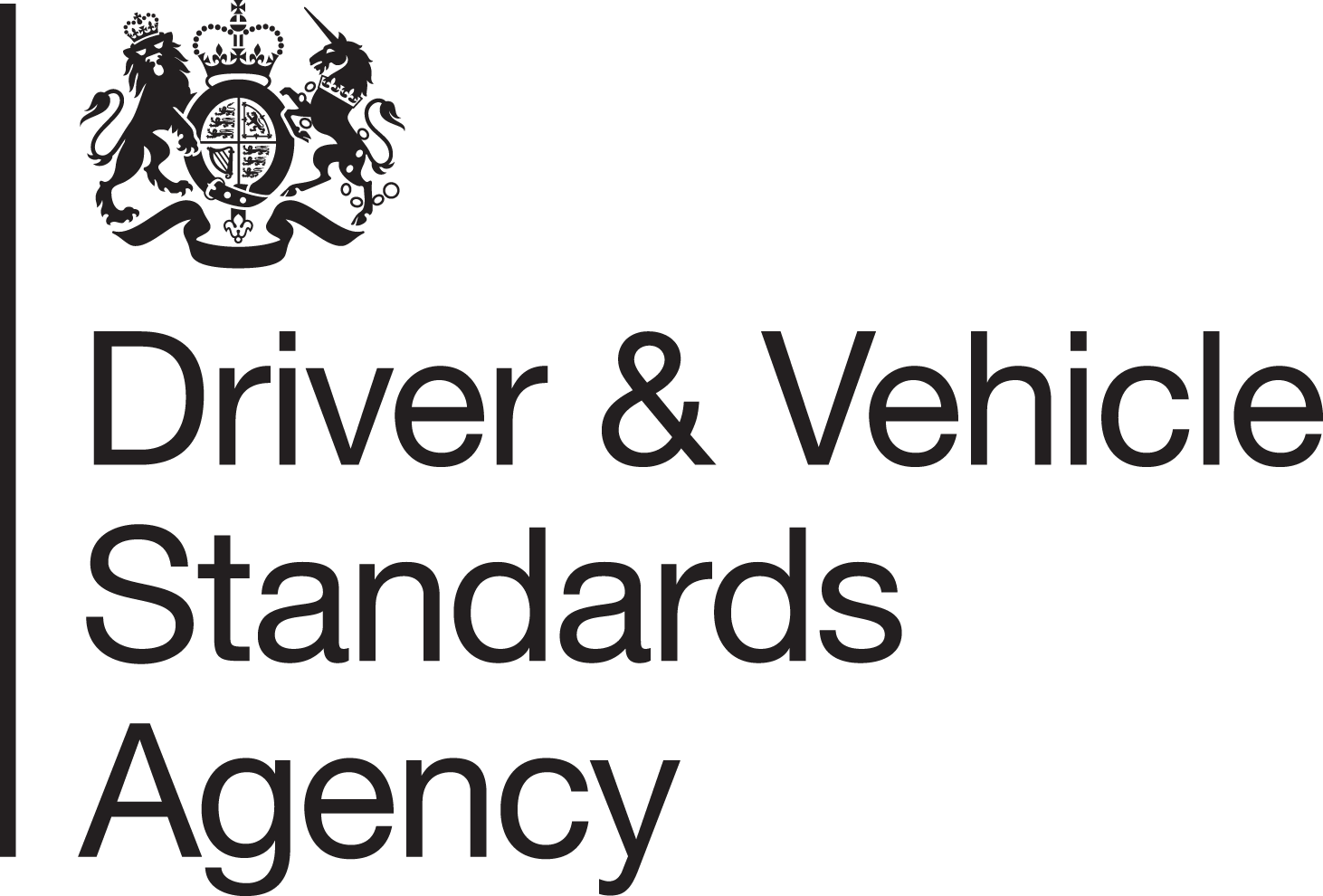Description
1 a) Describe city growth in population, construction ac!Mty and traffic.
1b) Explain why there is an increase in walking and cycling and why roads are changing to accomodate this.
1 c) Explain the rules associated with new urban traffic designs.
2a) Describe what makes a r oad user vulnerable.
2b)Llst the types ofVRU's.
2c) Recognise the places where there may be high concenlration of VRU's and the importance of route planning.
2d) Explain why some VRU's may be unaware of you, your vehicle and the potential risks.
3a) Explain the hazards of driving on urban roads and sharing the roads with VRU's.
3b) Explain the role of the professional driver and how to avoid conflict with other road users.
3c) Describe the importance of space, road position, signalling and eye contact.
3d) Describe the hazard types and the hazard drill.
3e) Ust the techniques of defensive driving and advanced driving.
3f) Explain defensive drMng and advanced practical drtvlng skills.
4a) Explain the vehicle requirements of the CLOCS standard and why they are important
4b) Describe the blind spots on vehicles and how they can be minimised.
4c) Explain the proper adjusbnent and use of close proximity mirrors.
4d) Ust the types of vehicle safety technology.
4e) Describe the daily inspection and use of audible vehicle manoeuvring warnings.
4f) Describe the daily inspection, functionality and use of close proximity sensors and camera monitoring systems.
4g) Name the health and safety offence associated wfth tampering, removing or misusing safet equipment
Sa) Demonstrate control of a bike.
Sb) Demonstrate where to ride on the road and the use and limitations of cycle infrastructure.
Sc) Tackle challenging roads and traffic situations.
5d) Demonstrate how and when to pass queuing traffic.
5e) Identify and react to hazardous road surfaces.
Subject Areas
- Vulnerable Road Users
